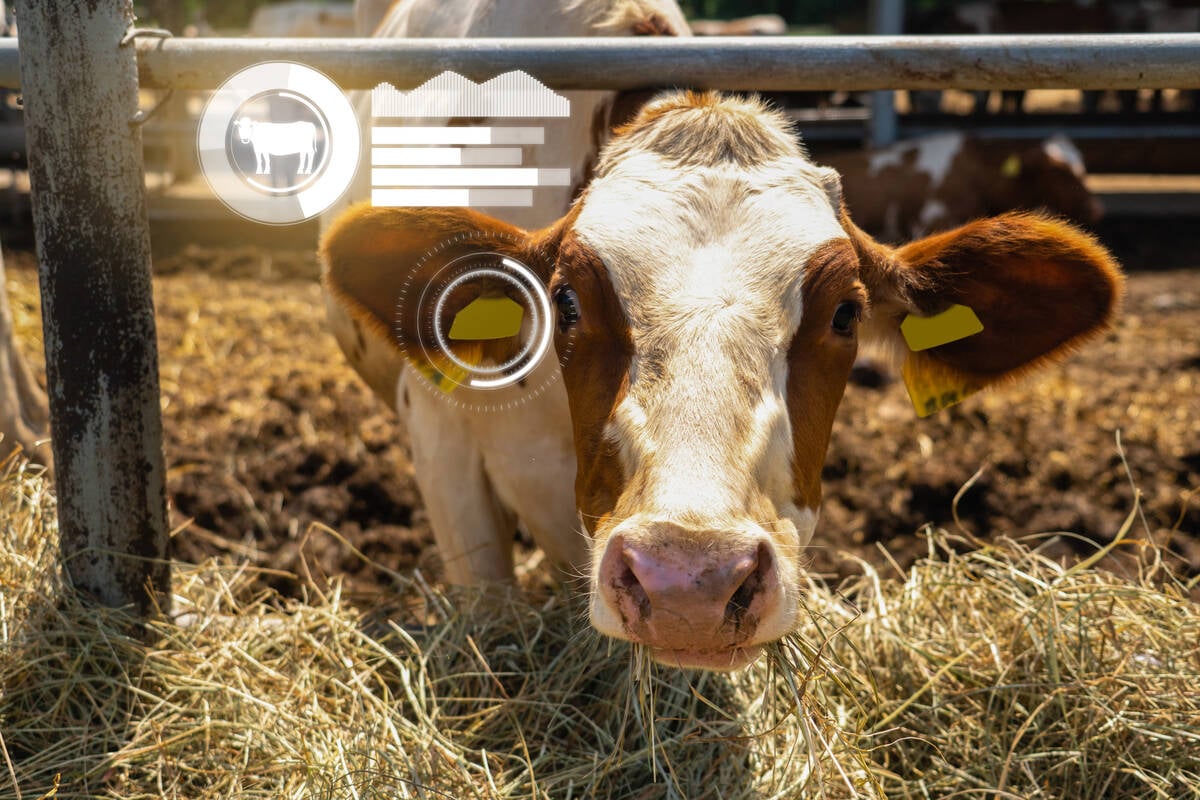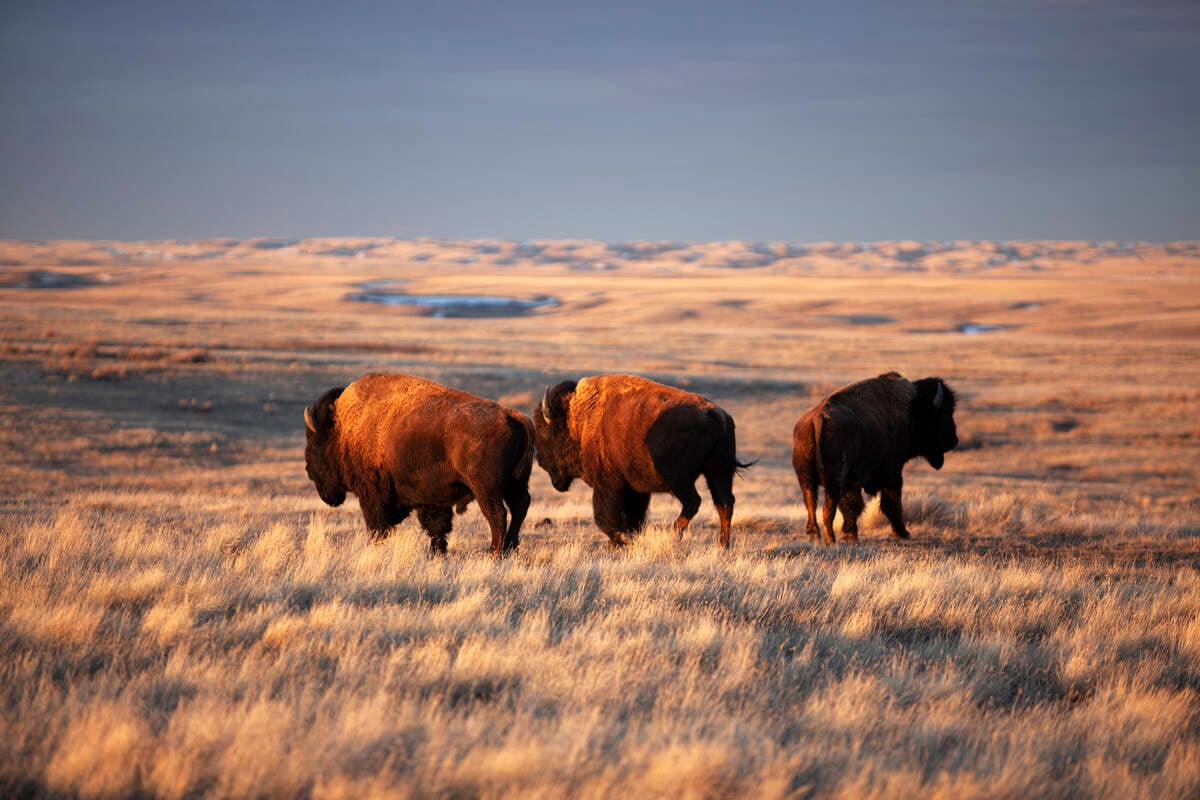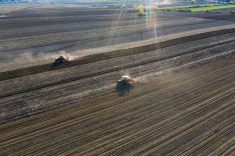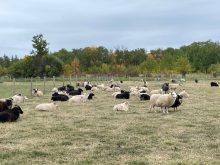In the last few weeks of 2024, I came across at least a half dozen articles in the agricultural press on either sustainable or regenerative agriculture. Most, if not all, showed little in the way of common sense that could benefit Canada’s farm cropland.
It seems there is confusion between the terms “sustainable” and “regenerative” as applied to agriculture. Both are even perceived, in some instances, as forms of organic farming. I checked around and looked for definitions of both terms and found them both on the internet, at Wikipedia.
I will take some excerpts from each and let at least the perceived definitions provide you with some direction.
Read Also

Cows in the cloud
Beef cattle herd management software has become an essential tool over 15 years for Lonesome Dove Ranch in Saskatchewan.
Sustainable agriculture
The term “sustainable agriculture” was defined in 1977 by the U.S. Department of Agriculture as involving the following objectives:
• Satisfy human food and fibre needs
• Enhance environmental quality and the natural resource base upon which the agricultural economy depends
• Make the most efficient use of non-renewable resources and on-farm resources and integrate, where appropriate, natural biological cycles and controls
• Sustain the economic viability of farm operations
• Enhance the quality of life for farmers and society as a whole
The definitions and terms pertaining to “sustainability” go on and on. It’s confusing to each and all of us. I will try a few of my ideas later on in this article.
Regenerative agriculture
In the information that I was able to dig up on “regenerative agriculture” it was listed as a conservation and rehabilitation approach to food and farming systems. It focuses on topsoil regeneration, increasing biodiversity, et cetera, et cetera. Regenerative agriculture is not a specific practice. It includes recycling farm waste and certainly not selling off any bales of straw. Basically, a straw baler should be sidelined in favour of a straw chopper.
My personal definition would be as follows: putting back onto your cropland what you took away after 100 years of farming on the Prairies. That means never removing crop residues, and putting the phosphate, potash, sulphur and micronutrients that you removed back to comparable levels for your farming area. Your nitrogen inputs should match that which you take out with your crop target yield. That might be 40 bushels of wheat for southern Saskatchewan or 90 bushels of wheat for central Alberta, both contingent on soil moisture. Of course, you have to input all of the macro- and micronutrients needed by the wheat crop yield that you harvested.
—> READ MORE: Regenerative agriculture is difficult to define
“Soil health” is basically a nonsense term aiming to evoke empathy. We all know we can grow huge crops of tomatoes, peppers or cucumbers in Prairie greenhouses entirely with nutrient-balanced water. We can grow crops on pure sand if we have effective irrigation. In Washington state I have known of 40-ton crops of potatoes taken off irrigated and well-fertilized desert sand.
“Sustainability” is getting the target crop yield based on geographic area matched with your crop nutrient inputs.
I have seen cropland quarter-sections in central Alberta where the landowner had taken off endless hay crops without any inputs. Over 30 or so years, that landowner managed to drain the hay land of virtually all of its macronutrients, and the resulting hay did not even have the nutrient value of weathered wheat straw.
On the other hand, I have run into hog producers farming a section of land who have upgraded the cropland immensely. One landowner showed me a neighbouring section of land growing a barley crop that would be pressed to grow 40 bushels, replete with large clods of clay. His own land had a 90- to 100-bushel barley crop and soil that had become mellow over the years as a consequence of these manure inputs. He also was proud of the fact that his tractor drawpower needed was less in the days before zero till.
That’s what I call sustainable farming.
Think! Ten thousand years ago, the Canadian Prairies were covered with ice. In the ensuing years the Prairies grew grasses and forbs and developed under an irregular prairie fire regime that kept out the trees, primarily aspen (woody dandelions).
—> READ MORE: Searching for sustainability in agriculture
As North American animal grazers — bison (buffalo), deer, gophers, rabbits, ground squirrels — moved in, they were preyed upon by wolves, bears, foxes, coyotes, cougars and humans. The grazing animals dropped their manure and urine, as had the predators and humans. None of the gradual buildup of nutrients from soil breakdown and nitrogen fixation and aerial deposition was removed from these Prairie lands. It was all recycled.
Along came farming and export — and nutrients were removed, not replaced. Around 50 or so years ago we began that replacement, via concentrated crop nutrients.
Do not confuse sustainable or regenerative agriculture with organic farming. Farming of the Canadian Prairies 100 to 150 years ago was comparable to organic farming: plough the land, harvest the crop or livestock and sell them to urban centres. There were no macronutrients, and micronutrients were never considered. The land was tilled annually and, more often than not, fallowed for weed control and nutrient release from the soil. There were no pesticides (herbicides, insecticides, fungicides). Animals had various diseases infectious to humans such as tuberculosis and brucellosis, as well as fleas and ticks, and milk consumption was dodgy.
We have come a long way, but we can always get better. Do not worry about those poplars; they are not forest trees, just big woody invasive weeds.
One last thought: “Half of the harm that is done in this world is due to people who want to feel important.” – T.S. Eliot, The Cocktail Party, 1949
















